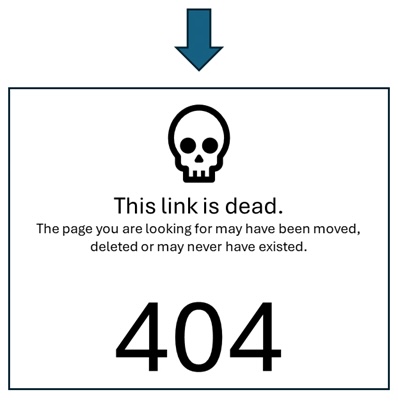2.4.5 Multiple Ways (AA)
What WCAG says:
More than one way is available to locate a Web page within a set of Web pages except where the Web Page is the result of, or a step in, a process.
Understanding 2.4.5 Multiple Ways
What this means
Users can locate and navigate content easily, quickly and in a way that works best for them.
Why it matters
Users have different needs and different preferences. For example, someone with a cognitive disability may use a sitemap to locate content, or someone with a visual impairment may use a search function instead of scrolling through a large page of content.
How to check
Look for at least 2 ways to navigate to all pages that are not part of a process (such as applying for a licence). All navigation methods must work and be easy to find.
The most common navigation tools to check are:
- breadcrumbs or sub-navigation that usually appears at the top of a page
- a sitemap – a page with links to all pages counts as a sitemap, as well as links in the footer
- search functionality, allowing you to search for the page name or content within
How to test in detail for 2.4.5 Multiple Ways
Good example
A page which appears in search results


Common mistakes
Common mistakes include:
- There are pages that are not part of the navigation structure.
- A second navigation structure (like a sitemap or a search) is not present or easy to find.
- Navigation methods do not work correctly - for example, some pages do not appear in search results.
Dead link in search results


Related success criteria
- 2.4.2 Page Titled helps to make it easier to find pages by making sure they have descriptive titles.
- 3.2.3 Consistent Navigation makes sure that navigation menus are always presented in a consistent order.